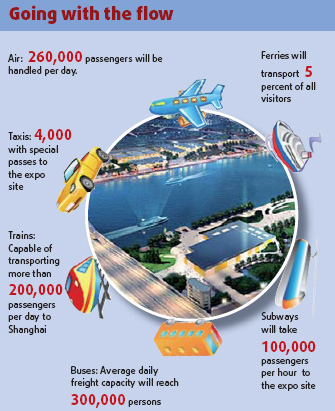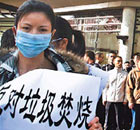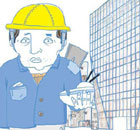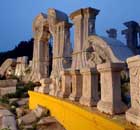Top Biz Photos
Car ban? You must be choking, say officials
By Tang Zhihao (China Daily)
Updated: 2010-01-18 07:53
 |
Large Medium Small |
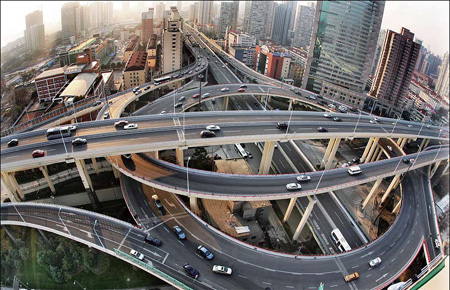 |
|
Traffic runs smoothly at Shanghai's own "spaghetti junction" near the expo site. [Asianewsphoto] |
More resident-friendly remedies to congestion being sought as expo nears
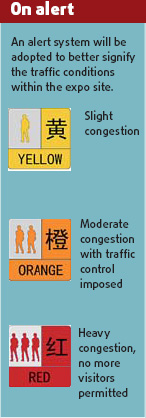
With dedicated Shanghai Expo traffic plans being rolled out, the city hopes it won't need to resort to the odd and even-licensed plate system used by Beijing to keep private cars off the roads on alternate days during the Olympics.
In fact, organizers are banking on 90 percent of Shanghai's 70 million visitors to rely on public transportation in traveling to and from the expo site, to prevent the roads from over-clogging with cars.
To keep traffic moving on the roads, nearly 100 one-way streets are being created. Sixty-two one-way streets will be set up in the city core while another 31 will be marked around the 5.28-km expo area.
"The plan is aimed at minimizing congestion around the central urban district of Shanghai, but the lengthy delays we see each day will be reduced," said Han Hao, a professor from the College of Transport and Communication at Shanghai Maritime University.
A number of dedicated expo-bound routes are also being mapped out.
Only specially permitted vehicles will be allowed to use a 104-km stretch of road within the Middle Ring Rd.
The city is also mulling a temporary ban on the use of government-licensed vehicles as 200,000 of them currently share the roads with 1.6 million privately owned vehicles.
Expanded and new subway lines will be added to the city's existing tracks to help bring visitors to and from the expo site. Fifty percent are expected to travel by metro.
When the expo opens on May 1, Shanghai will be home to 420 km of subway track, making it the largest underground metro in the world.
Lines 4, 6, 7, 8 and 9 will have stops located within close proximity to the expo site, where free shuttle buses will take visitors the rest of the way. Accommodating up to 100,000 riders per hour during peak times, the subway lines will operate under extended hours, meaning visitors can catch their last train home at midnight.
Visitors can check online how the crowds are shaping up as organizers will be monitoring crowd numbers in real-time. They will also use a three-color alert system to inform visitors of capacity levels.
Orange will indicate a moderate number of people, red will mean full capacity, and yellow will mean partial congestion.
